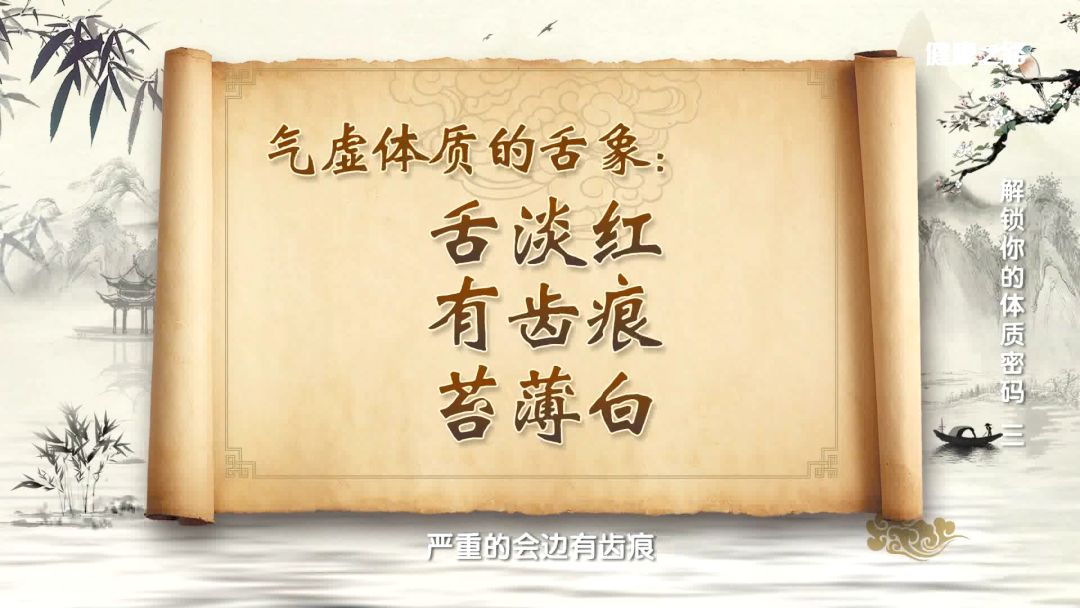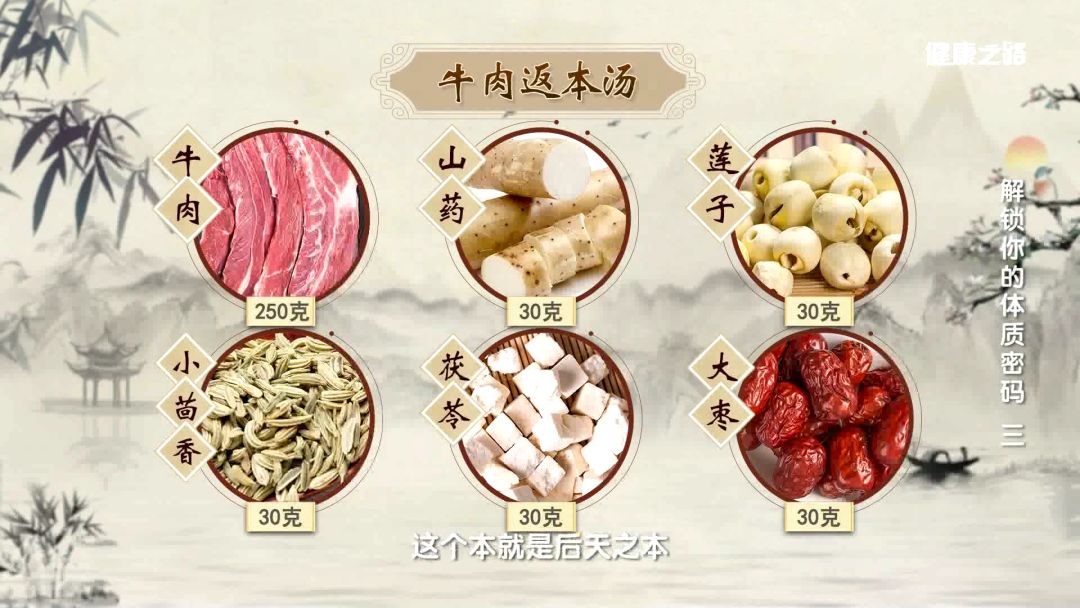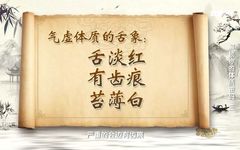The types of human constitution in China can be divided intonine categories: the healthy and harmonious constitution; three types of deficiency constitution: Qi deficiency, Yang deficiency, and Yin deficiency; four types of excess constitution: Phlegm-Damp, Damp-Heat, Blood Stasis, and Qi Stagnation; as well as the special constitution.
The most typical characteristics of Qi deficiency constitution arefatigue, shortness of breath, weakness, and swelling
- Fatigue—— If one feels persistently fatigued for more than a year, it may indicate Qi deficiency constitution.
- Shortness of breath—— Experiencing breathlessness with minimal activity within normal limits.
- Weakness—— When Qi is deficient, muscles do not receive adequate nourishment and moisture, leading to a soft and weak condition, where the arms may shake when moved.
- Swelling—— Qi plays a role in the metabolism of body fluids; Qi deficiency can lead to improper fluid regulation, resulting in issues like water retention and phlegm-dampness. Symptoms may include eyelid swelling in the morning, lower limb swelling at night, and pitting edema upon pressure.
 In addition to the above characteristics, individuals with Qi deficiency often have teeth marks on the tongue and a thin white coating; pale and sallow complexion, lacking luster, as the skin does not receive adequate nourishment and moisture, resulting in a dull appearance.
In addition to the above characteristics, individuals with Qi deficiency often have teeth marks on the tongue and a thin white coating; pale and sallow complexion, lacking luster, as the skin does not receive adequate nourishment and moisture, resulting in a dull appearance. Experts believe that if Qi deficiency constitution is not properly conditioned over a long period, the consequences can be severe, leading to recurrent colds, fatigue, and shortness of breath, as well as potential complications such as organ prolapse, dizziness, habitual constipation, diarrhea, hypertension, and coronary heart disease. Experts recommend an effective dietary therapy to condition Qi deficiency constitution, which has shown good results.1. Beef Return SoupBeef can tonify the spleen and stomach, nourish Qi and blood, and strengthen muscles and bones. Therefore, beef is the best meat for tonifying Qi.
Experts believe that if Qi deficiency constitution is not properly conditioned over a long period, the consequences can be severe, leading to recurrent colds, fatigue, and shortness of breath, as well as potential complications such as organ prolapse, dizziness, habitual constipation, diarrhea, hypertension, and coronary heart disease. Experts recommend an effective dietary therapy to condition Qi deficiency constitution, which has shown good results.1. Beef Return SoupBeef can tonify the spleen and stomach, nourish Qi and blood, and strengthen muscles and bones. Therefore, beef is the best meat for tonifying Qi.
- Chinese Yam (Shan Yao) tonifies Qi and nourishes Yin, while also solidifying and astringing;
- Lotus Seed (Lian Zi) strengthens the spleen and nourishes the kidneys;
- Poria (Fu Ling) strengthens the spleen and stomach, drains dampness, and promotes urination;
- Jujube (Da Zao) tonifies Qi and nourishes blood.
Cut the beef into pieces, add all ingredients to the pot, and simmer on low heat until tender. Season with salt to taste. Those with Qi deficiency should not eat too much at once; aim for about 70-80% fullness each time.2. Ba Duan Jin (Eight Pieces of Brocade)Individuals with Qi deficiency should not be overly sedentary nor excessively fatigued. They should avoid intense exercise and opt for gentler activities such as Ba Duan Jin or yoga.

